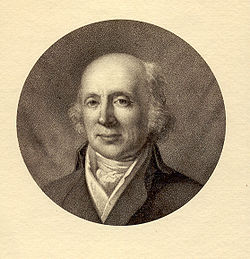| Cryolite | |
|---|---|
 | |
| General | |
| Category | Halide mineral |
| Formula | Na3AlF6 |
| IMA symbol | Crl [1] |
| Strunz classification | 3.CB.15 |
| Dana classification | 11.6.1.1 |
| Crystal system | Monoclinic |
| Crystal class | Prismatic (2/m) (same H-M symbol) |
| Space group | P21/n |
| Unit cell | a = 7.7564(3) Å, b = 5.5959(2) Å, c = 5.4024(2) Å; β = 90.18°; Z = 2 |
| Identification | |
| Formula mass | 209.9 g mol−1 |
| Color | Colorless to white, also brownish, reddish and rarely black |
| Crystal habit | Usually massive, coarsely granular. The rare crystals are equant and pseudocubic |
| Twinning | Very common, often repeated or polysynthetic with simultaneous occurrence of several twin laws |
| Cleavage | None observed |
| Fracture | Uneven |
| Tenacity | Brittle |
| Mohs scale hardness | 2.5 to 3 |
| Luster | Vitreous to greasy, pearly on {001} |
| Streak | White |
| Diaphaneity | Transparent to translucent |
| Specific gravity | 2.95 to 3.0. |
| Optical properties | Biaxial (+) |
| Refractive index | nα = 1.3385–1.339, nβ = 1.3389–1.339, nγ = 1.3396–1.34 |
| Birefringence | δ = 0.001 |
| 2V angle | 43° |
| Dispersion | r < v |
| Melting point | 1012 °C |
| Solubility | Soluble in AlCl3 solution, soluble in H2SO4 with the evolution of HF, which is poisonous. Insoluble in water. [2] |
| Other characteristics | Weakly thermoluminescent. Small clear fragments become nearly invisible when placed in water, since its refractive index is close to that of water. May fluoresce intense yellow under SWUV, with yellow phosphorescence, and pale yellow phosphorescence under LWUV. Not radioactive. |
| References | [3] [4] [5] [6] [7] |
Cryolite (Na 3 Al F 6, sodium hexafluoroaluminate) is a rare mineral identified with the once-large deposit at Ivittuut on the southwest coast of Greenland, mined commercially until 1987. [8]
Contents
It is used in the reduction ("smelting") of aluminium, in pest control, and as a dye.


